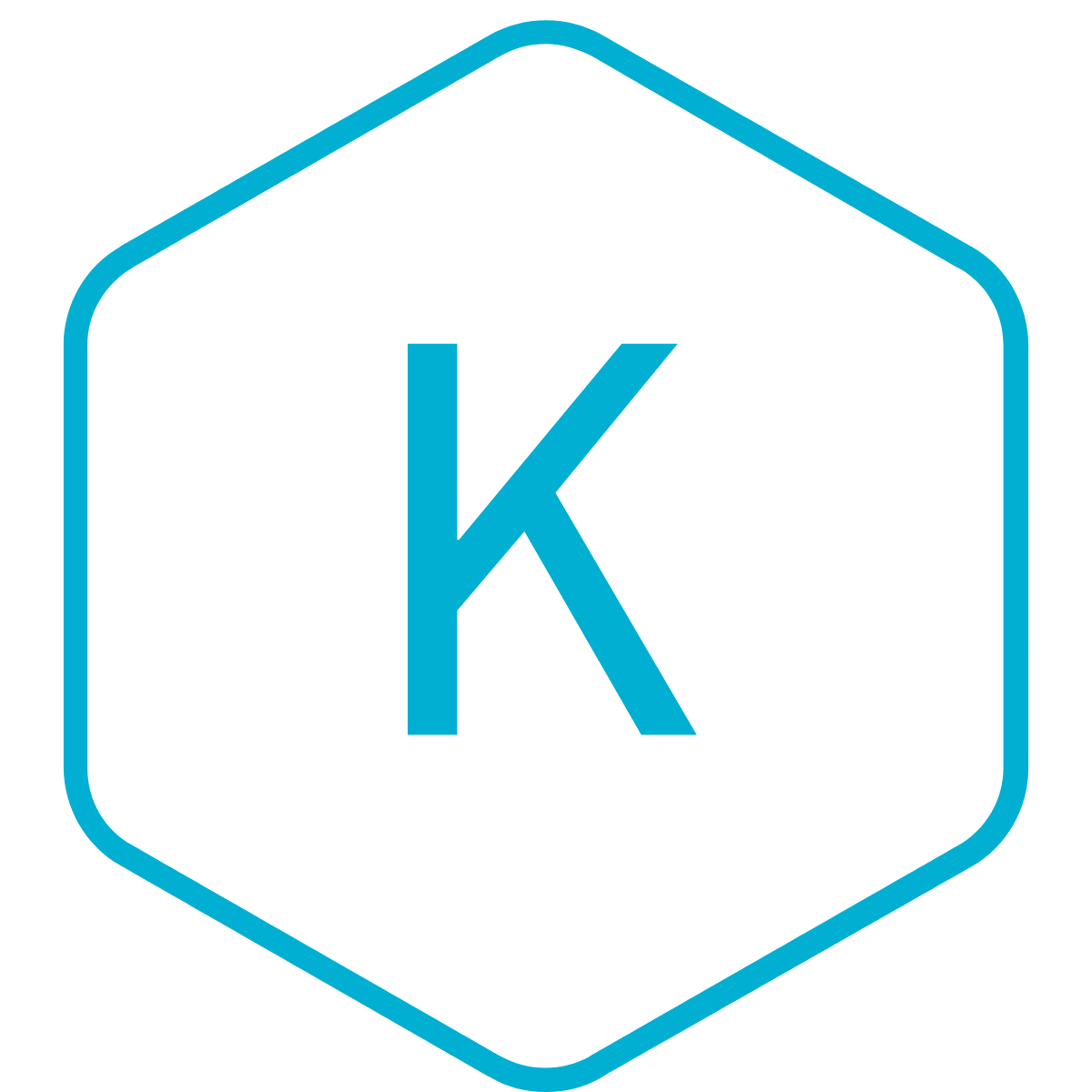In this article, we will delve into the crucial components necessary for establishing an effective cooking zone in your kitchen. By focusing on optimising layout and storage solutions, as well as choosing the appropriate appliances, we aim to offer practical ideas and recommendations that will elevate your cooking experience. No matter if you have a small kitchen or a large culinary space, these suggestions will assist you in crafting an area that is both efficient and pleasurable to work in.
Assessing Your Kitchen Space
Before diving into the exciting world of kitchen design, it’s vital to assess your kitchen space. This initial step will inform your decisions regarding layout, storage, and essential tools. Take note of the following:
- Measurements: Measure the dimensions of your kitchen, including the height, width, and depth of cabinets, countertops, and appliances. Accurate measurements will help you understand what can fit and where.
- Natural Light: Identify where the natural light enters your kitchen. A well-lit kitchen can greatly enhance your cooking experience. Consider how you might position cooking areas to take advantage of this light.
- Traffic Flow: Observe how people move through your kitchen. Avoid placing obstacles in high-traffic areas to ensure a smooth workflow.
- Existing Features: Take stock of any existing features such as windows, doors, and electrical outlets. These elements will influence how you design your space.
Choosing the Right Layout
After evaluating your space, the next crucial step is to select a layout that best aligns with your cooking style and needs. Here are some popular kitchen layouts to contemplate:
- Galley Layout: Perfect for small spaces, this layout features two parallel countertops with a walkway in between, maximizing space efficiency.
- U-Shaped Layout: This design includes three walls of cabinetry, providing ample storage and counter space, ideal for those who enjoy cooking.
- L-Shaped Layout: This layout offers flexibility, combining two adjoining walls to create an open and inviting kitchen atmosphere.
- Island Layout: Adding an island provides extra workspace and can act as a social hub for family and friends.
When selecting a layout, take into account your cooking habits and the amount of space you require for preparation, cooking, and dining.
Essential Cooking Tools
A well-equipped kitchen is key to efficient cooking. Here are the essential tools that every kitchen should have:
- Knives: Invest in a good quality chef’s knife, paring knife, and serrated knife for various cutting tasks.
- Cutting Boards: Have separate boards for meats and vegetables to avoid cross-contamination.
- Cookware: A mix of pots and pans in different sizes, including non-stick and cast iron options, will cater to a variety of cooking methods.
- Utensils: Ensure you have essential utensils such as spatulas, ladles, and tongs for efficient food preparation.
- Measuring Tools: Accurate measuring cups and spoons are essential for successful cooking and baking.
For more specialised tools, consider browsing our product section on the website, where you can find a range of cooking tools that can enhance your culinary experience.
Organising Your Ingredients
Organisation is crucial in the kitchen to maintain efficiency and ease of access. Here are some tips for organising your ingredients:
- Pantry Storage: Use clear containers for dry goods such as flour, sugar, and pasta. Label each container for easy identification.
- Spice Organisation: A spice rack or drawer can keep your spices sorted and within reach. Consider grouping them by cuisine or frequency of use.
- Refrigerator Layout: Keep perishables at eye level and group similar items together. Use bins to separate different types of food.
Regularly check your ingredients for expiry dates and rotate stock to ensure freshness. This will help you maintain a functional and organised kitchen.
Incorporating Safety Features
Safety should always be a priority in the kitchen. Here are some important features to consider:
- Fire Safety: Install a smoke detector and have a fire extinguisher accessible in case of emergencies.
- Non-slip Flooring: Choose flooring materials that provide traction to prevent slips and falls, especially when wet.
- Childproofing: If you have young children, consider installing cabinet locks and keeping sharp knives out of reach.
Additionally, ensure that all electrical appliances are used safely and that cords are kept away from hot surfaces. Prioritising safety will help create a secure cooking environment.
Maximising Efficiency
Finally, efficiency in the kitchen can save you time and enhance your cooking experience. Here are some strategies to maximise efficiency:
- Mise en Place: Practice the French culinary technique of ‘mise en place’ by preparing and arranging all ingredients before you start cooking. This saves time and reduces stress.
- Batch Cooking: Consider batch cooking meals to save time during busy weekdays. Prepare larger quantities of meals and store them in portioned containers.
- Multi-Functional Tools: Invest in tools that serve multiple purposes, such as a food processor that can chop, slice, and puree.
By implementing these tips, you can create a cooking zone that is not only functional but also enjoyable to work in.
For more tips and ideas on enhancing your kitchen, be sure to check out our product section on the website, where you can find various tools and solutions to inspire your culinary adventures.
 How to Keep Cookware Non-Stick Longer
How to Keep Cookware Non-Stick Longer How to Freeze Vegetables Without Losing Texture
How to Freeze Vegetables Without Losing Texture The Best Method to Clean a Wooden Spoon
The Best Method to Clean a Wooden Spoon